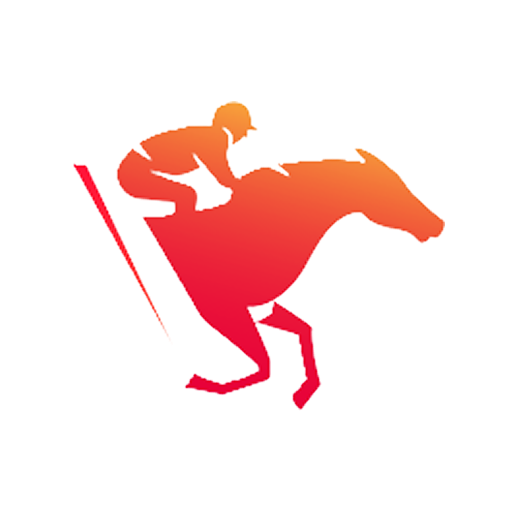


SARGA.CO — For many spectators, the most thrilling moment in horse racing begins with the sharp clang! of the starting gate flying open. But behind the scenes, the drama often starts much earlier, when a horse refuses to enter the gate.
Out of sight from the grandstands, the unsung heroes of the track, known as the starter crew, face one of the toughest jobs in racing: making sure every horse stands calmly in position, ready to bolt. But what happens when one of them decides to dig in its heels?


According to Karsono, a veteran starter in Indonesia, every horse has its temperament.
“Some horses are naturally calm, but others panic the moment they’re brought near the gate,” he explained. Some might rear up, kick, or even spin around in defiance of the narrow space they’re expected to enter.
When a horse refuses to load, the starter crew takes a gentle but strategic approach: calming the horse with soft touches and soothing voices, using a tail wrap (a cloth around the tail) to help stabilize it, and sometimes applying a temporary blindfold to reduce visual stress. If the horse still refuses after a set amount of time, it may be marked as DNS (Did Not Start).


There are several possible reasons: previous trauma, overwhelming noise at the track, gates that feel too narrow or slippery, or even issues with the horse’s physical or mental condition.
Without the efforts of the starter crew, no race could begin safely.
Don’t assume every horse is instantly ready to sprint at the sound of the bell. Behind that iconic cling lies a combination of hard work, technique, and, sometimes, a touch of drama. And when a horse says “no” to the gate, that’s when the starter crew must act swiftly, skillfully, and with great empathy.






















































Install SARGA.CO News
sarga.co